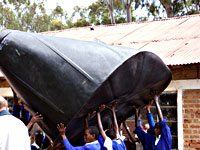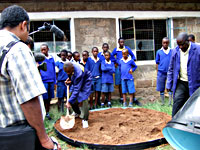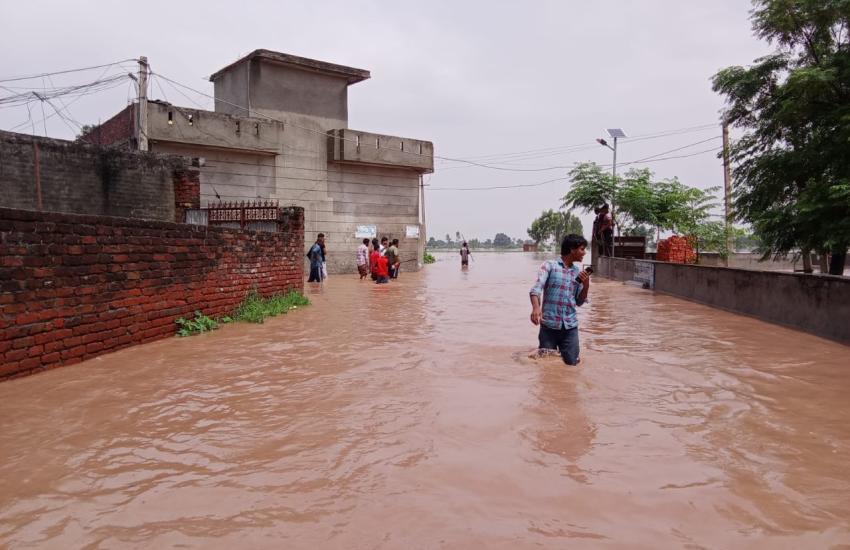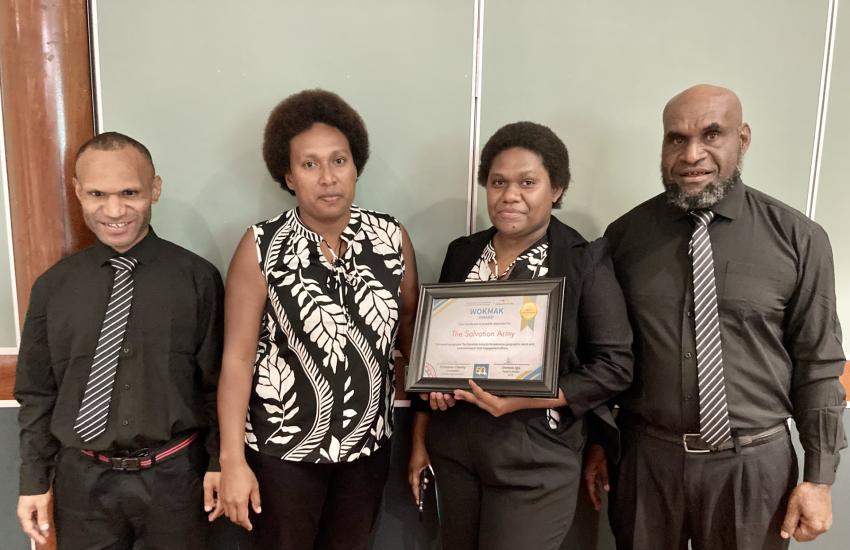The Salvation Army has commenced its drought relief programme in Kenya. A team of specialists has been deployed to Nairobi, where a Salvation Army Relief Zonal Coordination Office (SARZCO) has been established. Under the leadership of Captain Mike McKee (International Emergency Services Field Operations Officer) work has started on three programmes. This is in addition to projects set in place by The Salvation Army's Kenya Territory.
Captain David Kinsey, a Salvation Army officer from the UK, is responsible for the installation of emergency water tanks. He reports, 'Our goal is to provide one million litres of water storage with rain-harvesting equipment. We have already ordered 200 5,000-litre storage tanks from a local supplier. Kentank [the manufacturers] have been extremely helpful and are pulling out all the stops to help us meet our target.'
 |
| Schoolchildren help unload their new water tank |
Working in close partnership with the local authorities, the Water Superintendent has selected the 200 most vulnerable locations. Kentank installed the first tank at Mumbuni School, the largest primary school in Machakos District. As installation of the tank and the rain-harvesting pipes was completed, the first rain of the year began to fall. Captain Isaac Siundu, a Kenyan officer working on the emergency team, was heard to say, 'This is a wonderful day!'
He paid tribute to the hard work of the pupils at the school, many of whom had played an active role in getting the tank installed – fetching sand for the base, compacting it and helping carry the tank. 'It’s obviously wonderful for the students,' he said. 'They want to help. They appreciate the problems of water and they want to do their best to get the tank in place. It just tells you how important it is to get the tank into their school.'
 |
| Pupils help prepare the base for their new water tank |
School Principal Jonathan Mulili told Salvation Army workers, 'The pupils have been carrying water from their homes. When there's no water there's no food – and pupils drop out of school because of hunger. When there is water the pupils can come to school … This [water tank] will bring a very big difference.'
The tanks situated in primary schools will act as central water points. In another, connected, project The Salvation Army will provide 10 towable water bowsers which will be made available so water can be taken from other sources to fill the tanks. It is also planned to have bore holes dug to create emergency water source points to keep the storage tanks supplied.
 |
| Captain Isaac Siundu hands over the first water tank to (left to right) J. Kinyere (Inspector of schools), Mr J. Mulili (School Principal), Salvation Army representative Mr S. Isoe and Mrs P. Mutua (District Water Superintendent) |
Discussions are under way with headteachers to implement a 'Food for Fees' programme. While the government and other agencies are providing school feeding programmes for primary schools in the affected areas, The Salvation Army has identified a gap in that secondary schools are not included in these programmes. The plan is that food will be provided by The Salvation Army to 35 secondary schools (10,000 students), the value of the food being used by schools as a form of bursary in lieu of school fees for families impacted by the famine. The programme will ensure that children are not excluded from school during this period of intense hardship.





